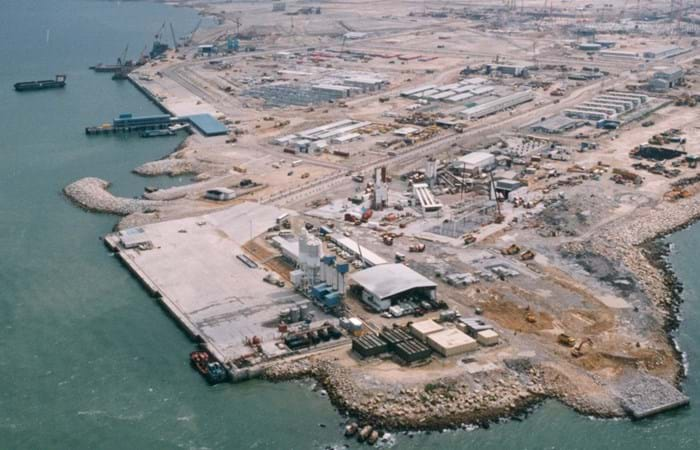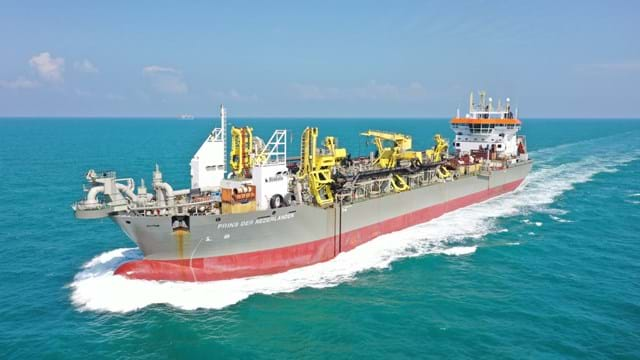In 1996 Hong Kong was a modern city-state with almost 6 million inhabitants where air traffic was a very important component for economic activity. The old airport Kai Tak, with a single runway, was no longer able to cope with the growing number of passengers and amount of freight. The authorities decided to build a new, bigger airport at a new location in Hong Kong, a 350 hectares hilly island off the coast about 28 km west of the city center.
In order to accommodate an airport with two runways, Chek Lap Kok had to be enlarged considerably and the hilly country had to be excavated.
Land reclamation
For the land reclamation, as much as 250 million cubic meters of material has been dredged in a period of three years to create an island covering 1,248 hectares. The dredging work was completed in January 1996.

